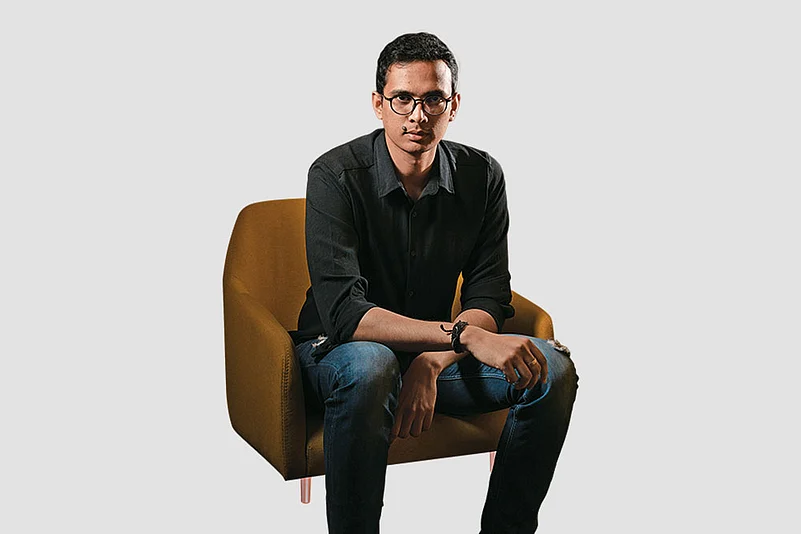Rapido has disrupted the duopoly of Uber-Ola. What have you done that others could not?
One of the things is that we think about the driver or rider a lot more than any other company. We think drivers have to be happy and they have to make money. Generally, what we have seen in consumer internet companies is they majorly take care of consumers but not of the other side of the marketplace.
There is persistent discontent among platform-based gig workers like delivery executives and drivers. How does Rapido decide fees?
Our framework is: if someone is spending an hour on our platform, they need to make at least Rs 70–80 after fuel costs for two-wheeler riders. We strongly believe we should give them flexibility. They can work whenever they are free.
If you look at the food delivery industry and the ecommerce industry, riders have to work on weekends, they have to work in the evenings. Work comes with a lot of terms and conditions.

Balancing worker and customer satisfaction can be tricky. How do you manage this balance?
We take care of both captains [Rapido calls its riders captains] and customers. For example, we ensure captains are trained to provide good customer experience—arrive on time, drive safely. We also keep availability high. A happy captain often results in a satisfied customer. Our business model also includes lowering commissions and offering subscription models, so captains earn more while keeping costs low.
What were some of your key growth strategies?
We definitely took a different niche of the customer segment because we launched with two-wheelers and the competition at the time was heavily on ride-hailing four-wheelers. The other thing we did was that we went into tier-II, tier-III cities. We did not launch in all tier-I cities. So instead of going head-on with the competition, we went for different customers in tier-I cities and then to different cities. For example, we launched in Mysuru and Vijayawada before launching in Delhi or Chennai. For our riders, we thought about how we could help them earn more despite not offering any incentives, so we launched logistics.
Was the expansion of your partnership with Swiggy amid the pandemic the inflection point?
We were working with Swiggy since before the pandemic. During the lockdown, we expanded our partnership. We helped deliver essentials like medicine and food and even partnered with governments to deliver milk packets. That is when that partnership deepened. They realised we were building a network at a low cost, and we could deliver during their peak demand periods. From 3–4% of Swiggy demand being delivered by us, now almost 10–12% of Swiggy demand is delivered by us. We were able to deliver at a lower cost than their in-house logistics cost. We were present in very few cities back then. But now, we are present in 40–50 cities as a logistics partner for Swiggy’s food-delivery business.
One other thing that happened during the pandemic is that instead of just being in two-wheeler ride hailing, we launched a three-wheeler service as well. Three-wheeler drivers were not coming online before the pandemic. But during the pandemic, they realised the power of online. They were not getting demand from colleges and offices. They needed a discovery platform which could give them demand. And we thought maybe it is a good time to start the category as we were looking for opportunities to leverage our team and technology.
You have expanded into the four-wheeler category as well. Is the two-wheeler category subsidising three- and four-wheelers?
No. All the categories we are operating are profitable. In fact, at a company level, we are profitable right now. We do not lose money anymore. What is helping is that we are acquiring users for two-wheelers and the same consumer is using three-wheelers as well. A typical three-wheeler user is also using a four-wheeler in some cases. We turned PAT [profit after tax] positive in the past two months.
There is often criticism of the gig economy because of the lack of social security for workers. How does Rapido address this?
All our captains earn at least 1.5–2x the state’s minimum wage and we provide accident insurance. If something happens while they are working, whether it’s a minor injury or something requiring hospitalisation, we cover everything up to Rs 5 lakh. I don't even want to call it a benefit. It is a stable state where we want to take care of people who are working on our platform. So while flexibility is key, we also ensure captains feel supported.









.jpg?auto=format%2Ccompress&fit=max&format=webp&w=768&dpr=1.0)

 Just one email a week
Just one email a week